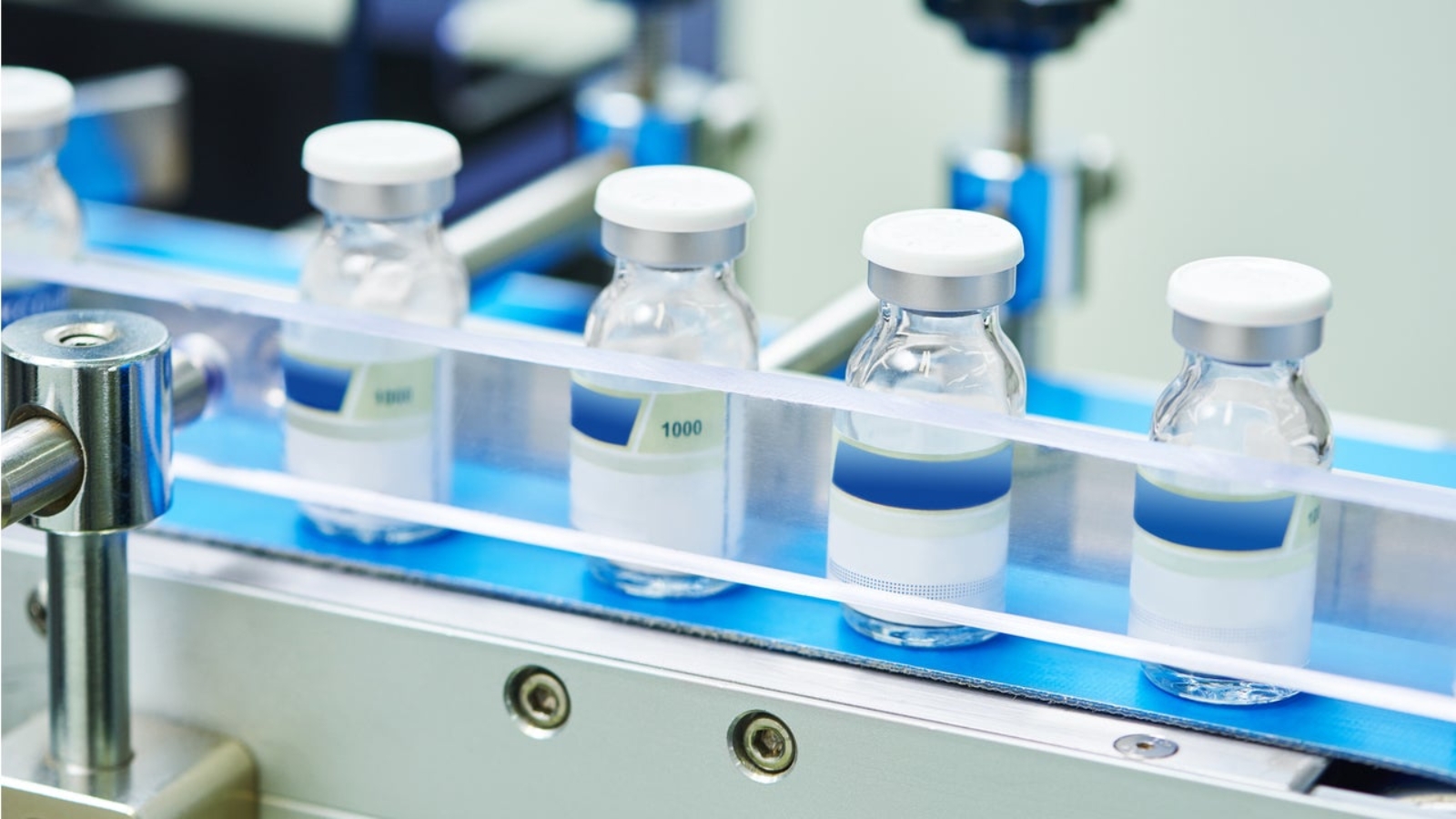Tretinoin is a topical vitamin A acid that is often combined with other acne medications and prescriptions to enhance their effectiveness. Spironolactone is an anti-androgen medication that reduces the activity of certain hormones in the body that can cause acne. Both of these medications are strong solo players as well, each with its own set of benefits. Combining tretinoin and spironolactone together is an excellent way to get both fast results, as well as ongoing positive effects on your skin for years after treatment ceases. This article will explain why using both of these medications at once is beneficial, along with what common side effects may result from the combination of these two treatments.
Tretinoin: The Basics
Tretinoin is a prescription topical cream that is used to treat acne and improve the appearance of the skin. It is a retinoid medication that is derived from vitamin A. Tretinoin works by increasing skin cell turnover, which helps unclog pores and remove dead skin cells that can lead to acne. When applied to the skin, tretinoin causes microscopic tears in the skin that make way for new, healthy skin cells to grow. Tretinoin is used to treat acne, psoriasis, sun damage, and wrinkles. It is usually applied once a day before bedtime, and should be washed off with water in the morning. Tretinoin is often used in combination with other acne medications like benzoyl peroxide and erythromycin. It may also be used as part of a phototherapy treatment for psoriasis. Side effects of tretinoin include skin dryness, redness, itching, and peeling. Tretinoin is a synthetic retinoid that is used to treat acne, wrinkles, and sun damage.
Spironolactone: The Basics
Spironolactone is an oral anti-androgen medication that is used to treat acne, as well as other conditions caused by elevated androgens in the body. Androgens are hormones produced in both men and women that can lead to acne breakouts as well as unwanted hair growth. Spironolactone is prescribed as a standalone medication or in combination with other acne medications like tretinoin, erythromycin, and benzoyl peroxide. It is also used to treat high blood pressure. Spironolactone blocks the effects of androgens on the body by blocking receptors in the kidneys that bind to androgens. This medication is often used in combination with other acne treatments, such as antibiotics, retinoids, and topical or hormonal treatments. It is often safe to take spironolactone with other acne medications, although there are a few exceptions. Side effects of spironolactone include low blood pressure, dizziness, and low potassium.
Why Combining Tretinoin and Spironolactone Works
When used alone, tretinoin and spironolactone are both excellent acne medications. They have high success rates for quickly clearing acne breakouts as well as preventing future outbreaks. However, when you combine the two medications, you get a stronger and faster effect than when using either prescription on its own. This is because both tretinoin and spironolactone reduce acne in different ways. Tretinoin speeds up the skin turnover process, causing dead cells to be removed faster and new, healthy cells to be regenerated quicker. This helps unclog pores, fight blackheads, whiteheads, and even acne cysts. Spironolactone, on the other hand, blocks the effects of androgens in the body, which helps reduce the occurrence of acne breakouts. When you combine these two medications, you get a two-pronged approach to fighting acne that greatly enhances their effects.
Side Effects of the Tretinoin and Spironolactone Combo
The greatest side effect of combining tretinoin and spironolactone is the risk of developing side effects from the higher dosage of these two medications. However, it is important to note that these side effects are usually mild and are not permanent. They are usually restricted to the time period during which you are taking the medications, and then fade away once you stop taking them. If you start experiencing side effects from the tretinoin and spironolactone combination, it is recommended that you visit your dermatologist for advice on how to lower the dosage of these two medications. You may be able to switch to lower-strength versions of these two drugs, or you may be prescribed other medications to reduce the side effects.
Where to Buy Tretinoin and Spironolactone?
Both tretinoin and spironolactone are prescription medications that are only available with a doctor’s prescription. While they can both be purchased online, it is highly recommended that you only buy them with a prescription since some fakes have been found online. Instead, visit your doctor and ask to be prescribed these two medications as a combination. If your doctor does not recommend combining tretinoin and spironolactone, there are many other acne medications that you can try instead. If your acne is caused by excess oil production, benzoyl peroxide is a good option. If your acne is caused by bacteria, erythromycin is a good option. If your acne is caused by sensitive skin, you can use a combination of benzoyl peroxide and salicylic acid.
Summing up
Both tretinoin and spironolactone are excellent prescriptions for treating acne. While each one works well on its own, combining them together provides a two-pronged attack that greatly enhances their effects. The side effects of using these two medications together are mild and are restricted to the time period during which they are used. If you are suffering from acne and want to try the best tretinoin and spironolactone prescription for acne, it is highly recommended that you use both of these medications together. This combination greatly enhances the effects of each medication and is an excellent way to quickly treat acne while preventing future breakouts.


Add a Comment